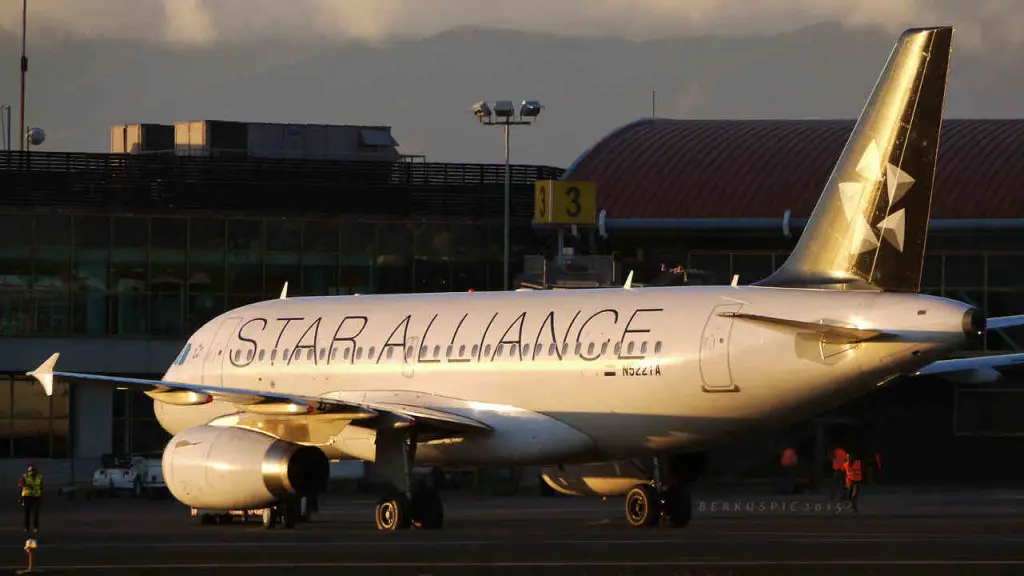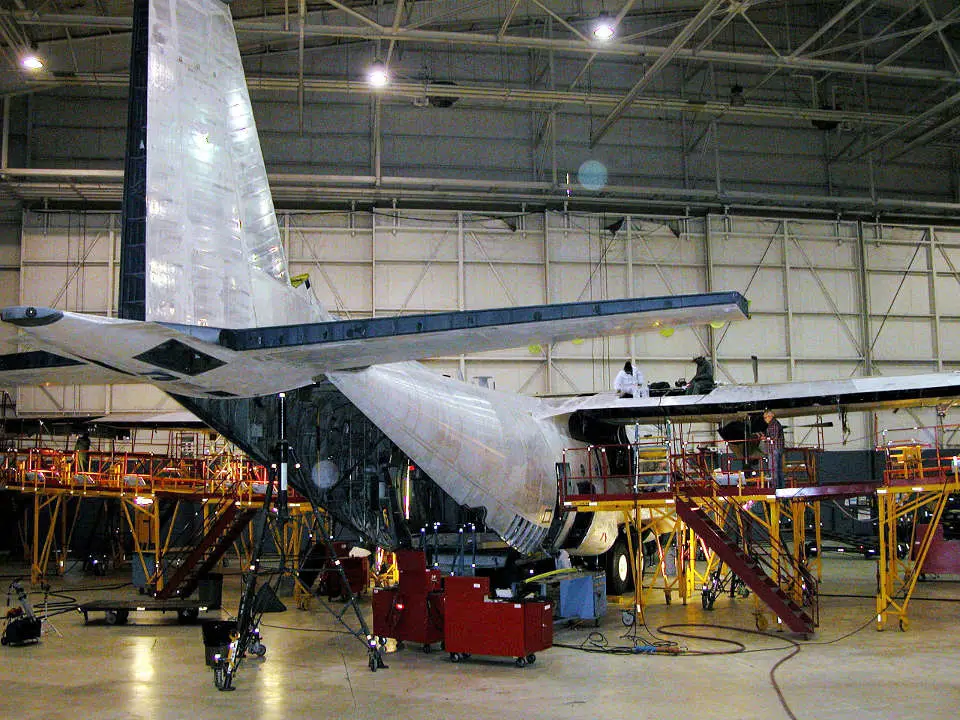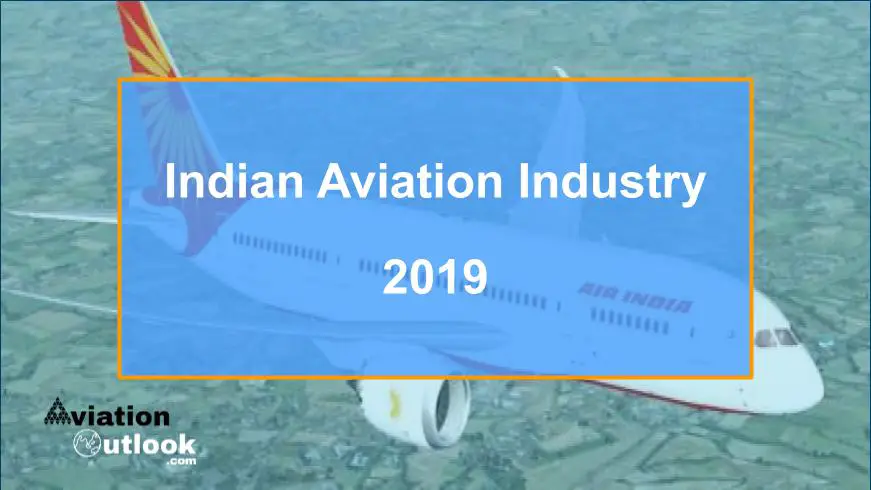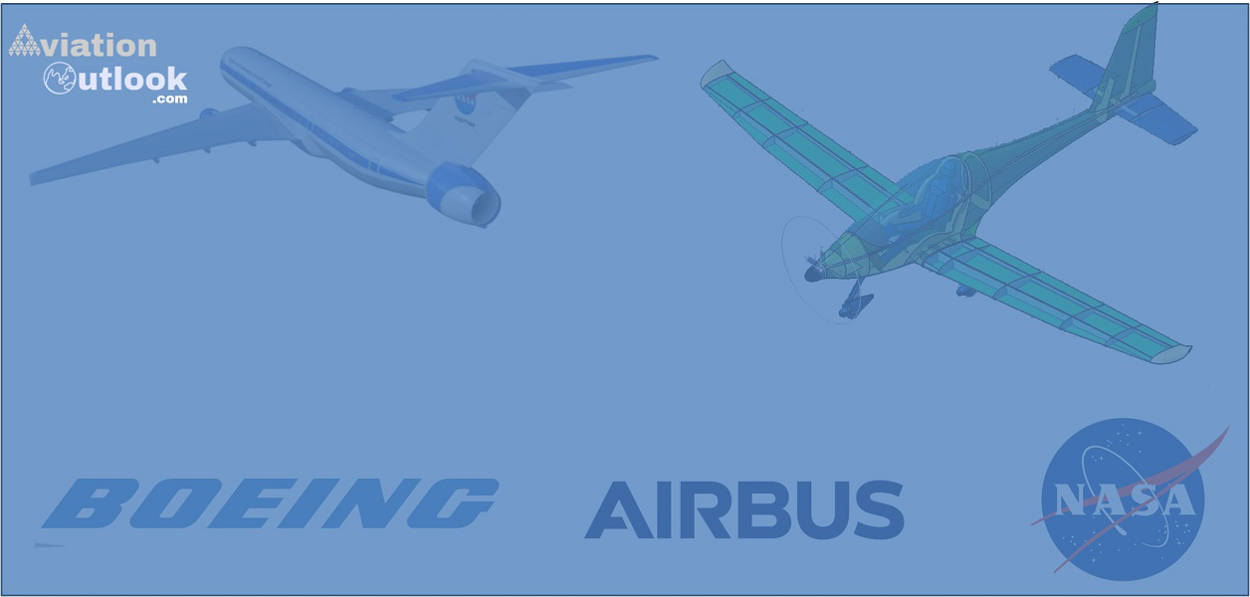
Textron – In Pursuit of Strategic Acquisitions in Aviation Industry
To analyze Textron’s strategic acquisitions in the aviation industry, it is equally important to first understand its portfolio of aviation businesses.
Textron Inc. is a multi-industry giant and includes major brands such as Bell Helicopter and Textron Aviation (Beechcraft, Cessna, and Hawker aircraft brands) in its aviation business portfolio.
Bell Helicopter produces a range of helicopters (including tilt-rotors), for both commercial and military segments. Textron Aviation on the other hand includes a wide range of fixed-wing aircraft (Cessna Citation business jets, Caravan, Hawker business jets, King Air, and T-6 military trainer aircraft).
Textron’s Strategic Acquisitions of Aviation Businesses
Textron’s foray into the aviation business mainly started with the acquisition of Bell Aerospace in 1960. Bell’s helicopter division at the time was one of the largest divisions of Textron. This acquisition largely helped Textron to maintain a strong presence in the aircraft manufacturing industry. Bell Aerospace was later renamed ‘Bell Helicopter Company,’ and eventually ‘Bell Helicopter Textron’ in 1976.
In 2014, Textron acquired Beechcraft and Cessna and strengthened its foothold in the business and general aviation industry. Textron combined Cessna and Beechcraft businesses to form a new division ‘Textron Aviation’.
Beechcraft and Cessna were two of the most iconic brands in general aviation. With the acquisitions of such major brands, Textron tapped into a well-established market share in the business and general aviation segment.
With more than 250,000 aircraft worldwide, Beechcraft, Cessna, and Hawker aircraft brands brought in a large customer base to Textron. These brands combined constitute more than half of all the operational fleets of general aviation aircraft worldwide.
With this, Textron was able to diversify its product portfolio across a wide range of segments including business jets, turboprops, piston aircraft, and military trainer aircraft. These strategic acquisitions also largely helped Textron to expand its reach to a large number of aircraft aftermarket customer segments worldwide.
Textron’s Foray into Aircraft MRO Industry
Textron’s interest in the aircraft MRO (maintenance, repair, and overhaul) industry is the continuation of its quest to further expand and diversify its aviation business portfolio.
In 2012, Textron acquired Jet Aviation’s repair and overhaul operations in Switzerland and Germany. After the acquisition, the company’s operations were converted into Cessna Citation Service Centers.
The company has been largely investing to further bring in and develop a combined product and services line in the business and the general aviation industry. With such combined resources, it enhances Textron’s ability to innovate and provide high-quality products and services to its customers.
Acquisition of Able Engineering (An Aircraft MRO Company)
In January 2016, Textron entered into an agreement to acquire a US-based aircraft MRO company – Able Engineering & Component Services / Able Aerospace. ‘Able’ provides aircraft MRO parts and solutions for helicopters (Bell, Airbus, AgustaWestland, Sikorsky) and fixed-wing aircraft (Boeing, Airbus, Douglas, and Military aircraft).
The company (Able Engineering) started in 1982 and provided turbine engine components for OEMs. Since then the company has expanded to include a diverse range of FAA-approved parts and MRO services.
Able’s current facility is located in Mesa, Arizona, at the Phoenix-Mesa Gateway Airport. The company has a strong in-house aircraft MRO capability (more than 95% of the aircraft maintenance and repair work is done in-house), and proudly boasts its extremely good safety record, with no single in-service failure in more than 30 years of operations.
Textron’s Portfolio of Aviation Businesses
Textron’s collaboration with Able had already started in 2014 when Bell Helicopters signed an MoU (memorandum of understanding) with ‘Able’ to collaborate on the maintenance and repair sector. Collaboration with ‘Able’ allowed ‘Bell Helicopters’ to streamline the process and reduce customers’ operating costs and downtime.
The acquisition of ‘Able’ further combines Textron’s large customer base and product knowledge, and Able’s resourceful aftermarket solutions. Able’s strength in the aircraft MRO sector shall help Textron to further enhance its service capabilities, and extend the benefits to its customer base, possibly across its entire aviation business portfolio (including the wide range of business and general aviation aircraft segments).
Textron’s subsidiaries (mainly Cessna) can largely benefit from the company’s strengthened aircraft MRO and aftermarket solutions. Cessna has two primary business segments: aircraft sales and aftermarket services.
Based on aircraft sales, Cessna is still one of the largest manufacturers of general aviation aircraft. A large number of these operational fleets of Cessna aircraft worldwide are supported through a worldwide network of service facilities.
Thus, with such acquisitions, Textron intends to instill the industry’s best practices across its global aircraft aftermarket customer service network in the business and general aviation segments as well.
A Diversified Investment
Furthermore, diversifying its portfolio into the aircraft aftermarket industry, amid demand fluctuation in the business jet market is a good move from Textron. The business and general aviation segment is highly procyclical in nature. They tend to flourish during the favorable economic scenario, however, are also equally affected by economic fluctuations.
The Aircraft MRO industry (which deals with a diverse range of aircraft) is however countercyclical as compared to the business and general aviation segment.
Currently, all is not well for the business jet market. Business jet manufacturers have predicted flat or lower sales for the next few years, and possibly until any new models stir interest. The sales, as well as prices for business jets, have been in decline because of the weakening and sluggish global economy.
Amid uncertainties, buyers are more cautious to purchase new business jets, and instead opt to upgrade their existing fleet. The Aircraft MRO industry thus provides a lucrative business opportunity as well as a steady demand. Textron’s deal to acquire an aircraft MRO company in some ways reflected its move to create a ‘risk buffer’, and further tap into the lucrative aircraft aftermarket industry.








